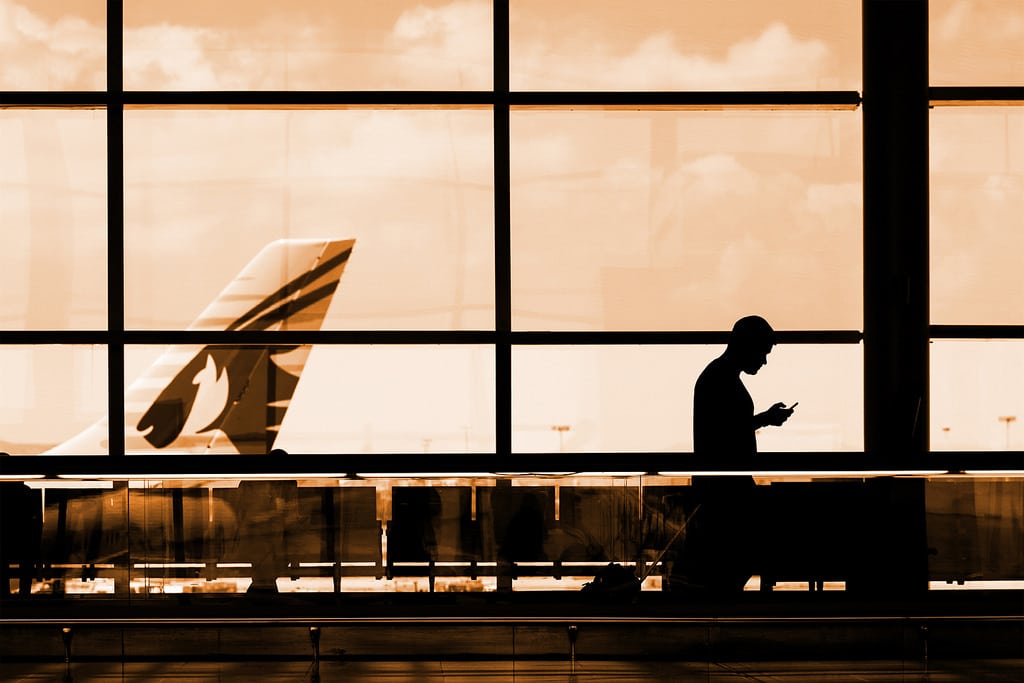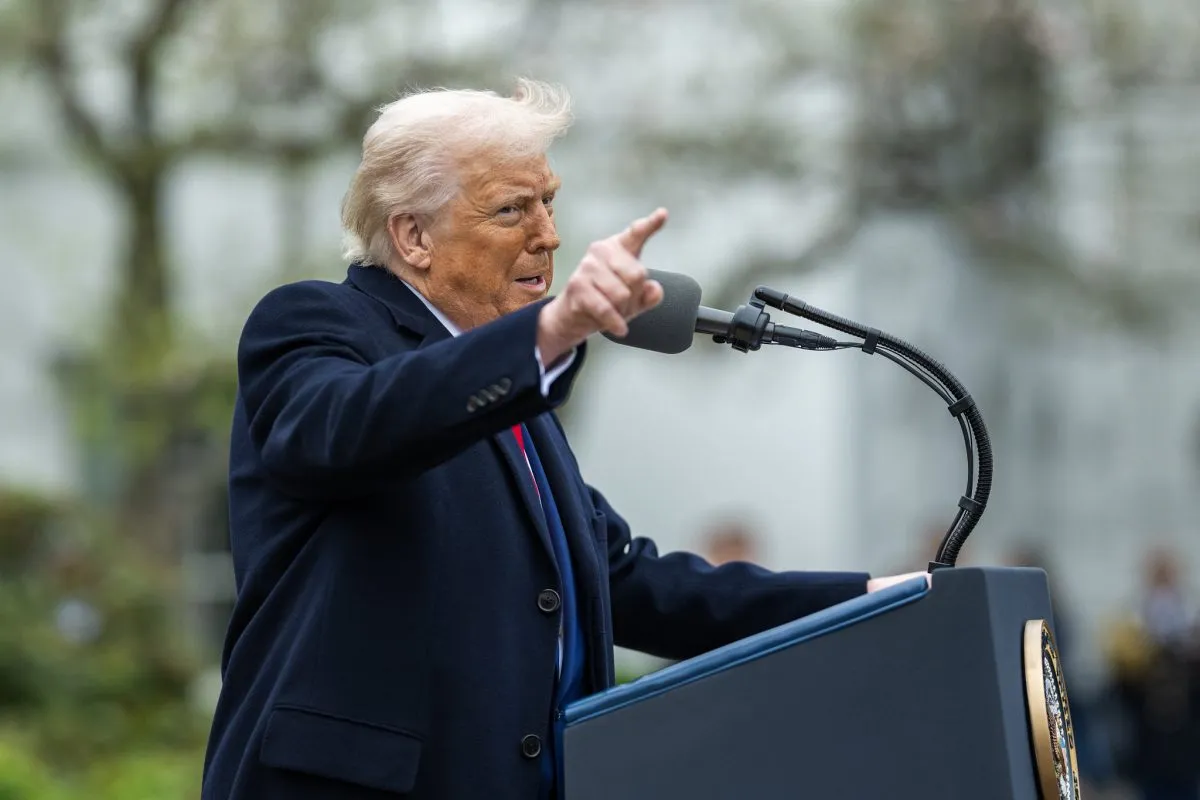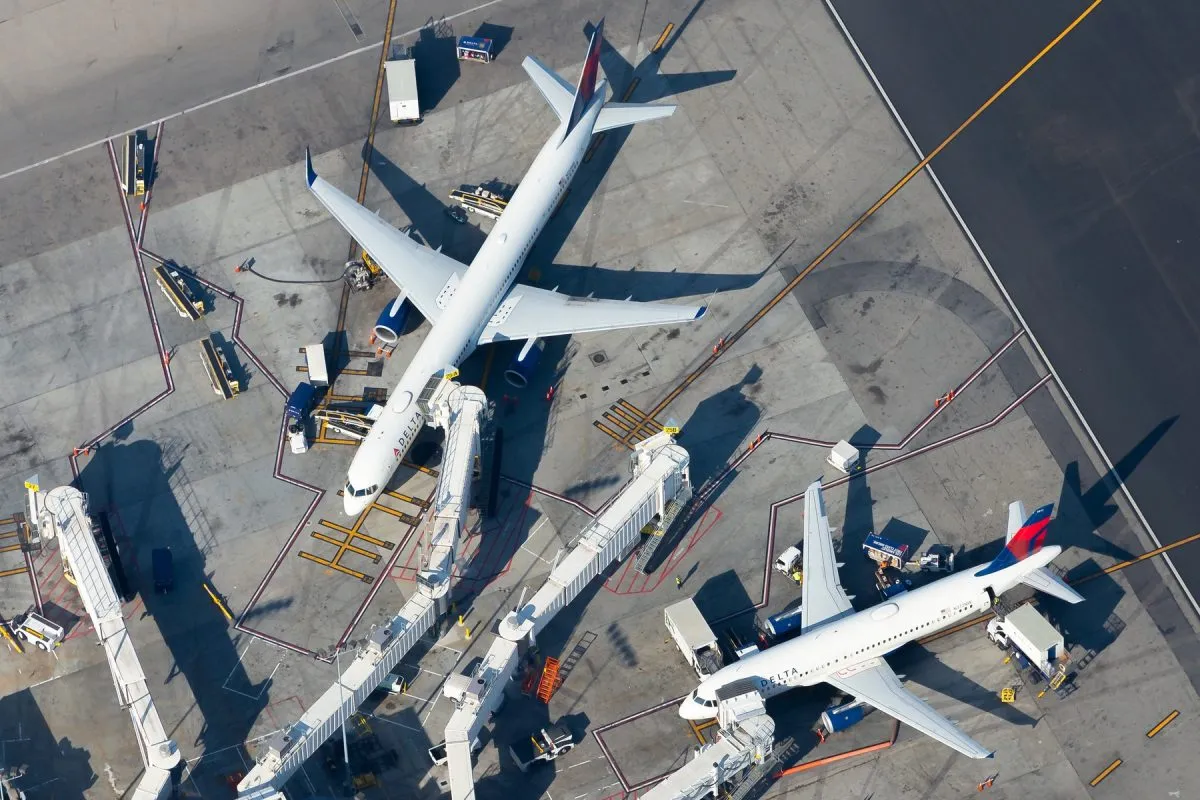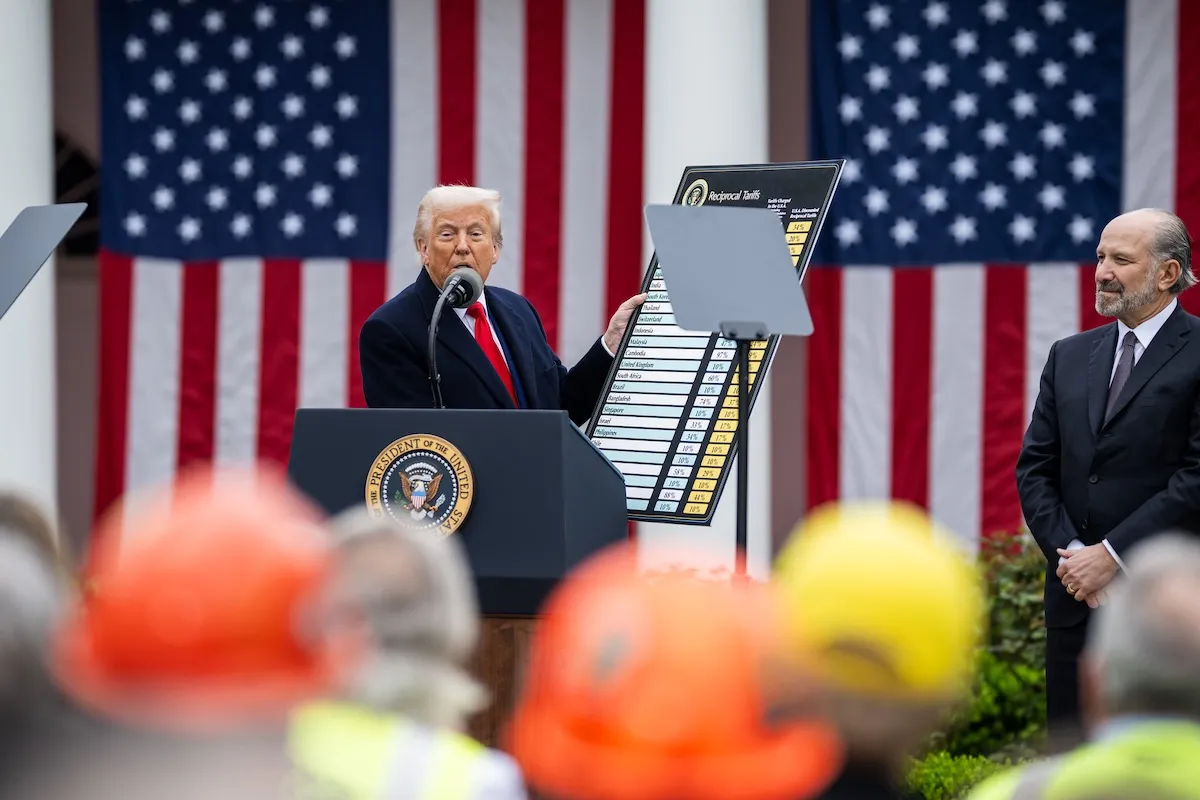How Travel Brands Are Dropping the Ball When It Comes to Chinese Travelers

Skift Take
This sponsored content was created in collaboration with a Skift partner.
Surprisingly, many hospitality brands have been slow to adapt the guest experience to Chinese travelers, despite the enormous sums at stake — the Chinese have been the world’s biggest-spending travelers since 2012.
For instance, many hotel brands don’t yet offer customization for Chinese guests, something Hilton started doing five years ago. (The Huanying program, available at 100-plus Hilton properties worldwide, includes a welcome note and 24-hour Mandarin interpretation service, along with the in-room amenities and breakfast items preferred by Chinese travelers.)
Says Chris Fair, president of tourism consultancy Resonance: “It’s one thing to put websites in multiple languages and a whole other thing to service that clientele once they arrive and check in, and provide multilingual staff and guest relations. The website is just the first step.”
Further, says Fair, many companies neglect digital channels, which have enormous potential to guide and engage travelers across languages and cultures: “What we haven’t seen a lot of is communicating with guests once they arrive at a destination, whether through a mobile website or apps. How do we create multilingual experiences and advice that help to foster the experience?”
Messaging apps like WeChat can provide this type of digital gateway. Hyatt is among the early adopters. Another strategy is to incorporate messaging capabilities into the brand’s app. Spanish hotel chain Iberostar is testing a system in which guests can text staff using WhatsApp via the Iberostar app; staff then harness internal translation tools to respond, using “the right words in the right sense,” says Oscar González, marketing director for Iberostar’s EMEA region. The tool is so far intended to ease translation issues with the brand’s numerous Eastern European visitors.
L.A. Tourism makes support staff available 24/7 on Chinese social accounts in a bid to ensure that visitors are having a good experience, according to an L.A. Tourism rep. And attractions including the Louvre and Versailles have launched Chinese-language accounts on WeChat that provide maps, visitors’ guides and info on current exhibitions.
In the payments realm, WeChat recently started enabling users of its Pay system to shop with overseas vendors in nine currencies, following the lead of Alibaba’s Alipay. Mobile payments help circumvent a stumbling block for Chinese travelers, who don’t hold traditional credit cards. Marriott International was among the first companies to jump in, announcing an agreement to activate Alipay in select global properties by the end of 2016.
Of course, connectivity is essential to take advantage of solutions like WeChat. “The No. 1 thing that Chinese people are disappointed in is no free wi-fi,” notes Jason Pacheco, president of the BRIC Marketing Group, which operates China Ready seminars.
Expectations of amenities like wi-fi and language customization are rising. Chinese visitors are increasingly well-traveled and “getting very, very sophisticated,” notes Ng Cuili, corporate communications manager for Singapore-based Pan Pacific Hotel Group. “They are looking for customer service, they want to know more about the place they’re staying, they want to have more interaction with associates, they are not shy to ask, and they don’t see language as a barrier —they expect the hotel to communicate with them.”
Travel brands that aren’t already working to optimize the experience for Chinese travelers will have a widening disadvantage — Chinese travelers are expected to make as many as 200 million overseas trips by 2020.
This post is part of an ongoing series about the habits of emerging market travelers created by Translations.com and Skift’s branded content studio SkiftX. Read the latest articles here:




